NYC to pay 15 homeowners up to $400K to build apartments on their properties
get more details
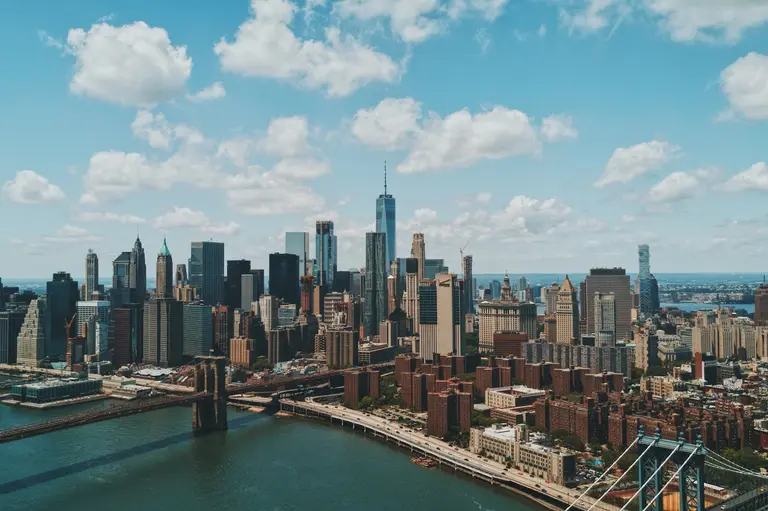
Photo by Patrick Tomasso on Unsplash
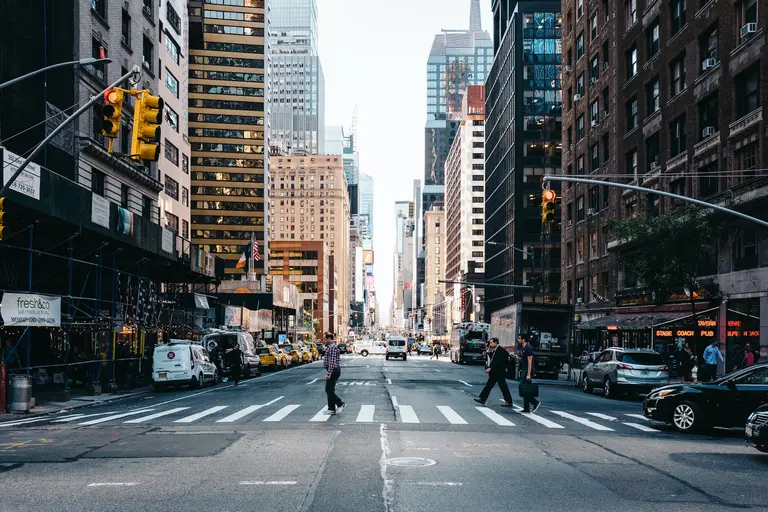
Photo by Tomas Anton Escobar on Unsplash
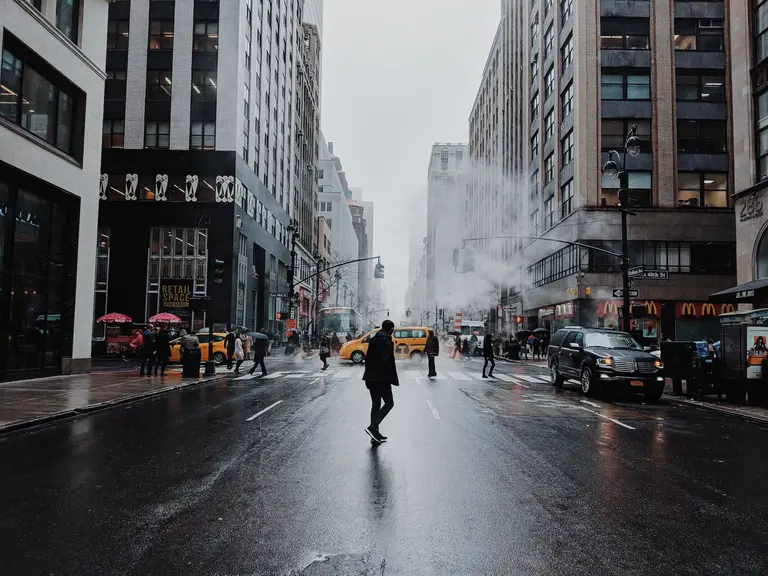
Photo by Patrick Tomasso on Unsplash
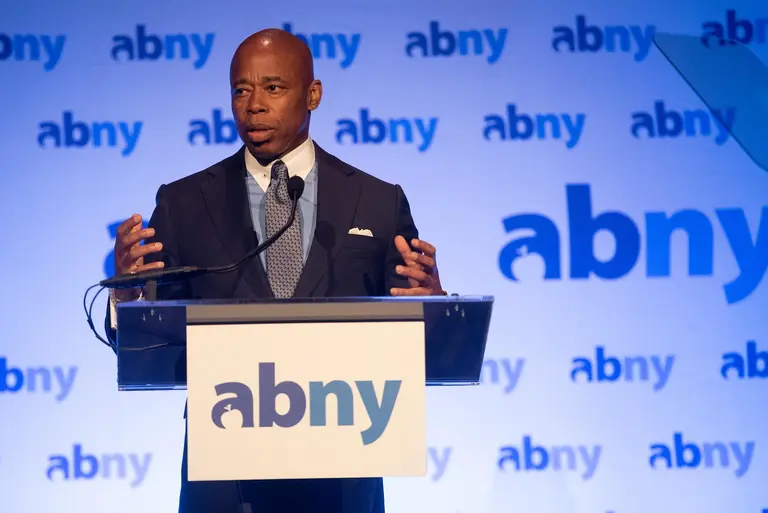
Image courtesy of Michael Appleton/Mayoral Photography Office on Flickr
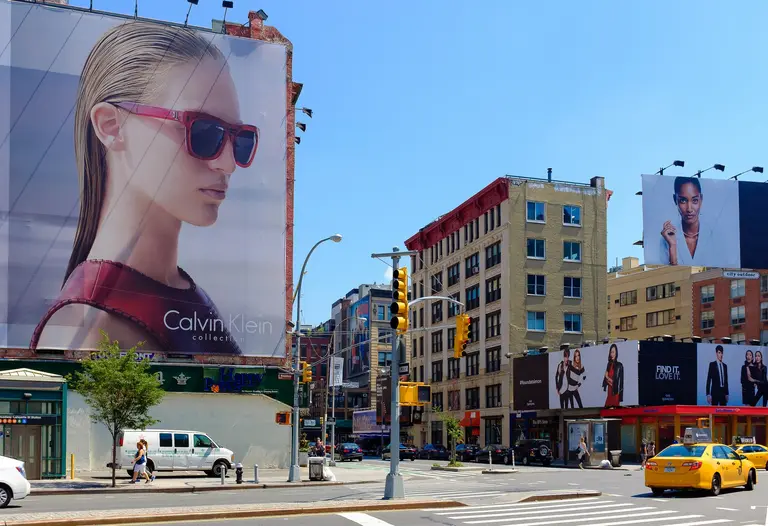
Image: Steven Pisano via Flickr.
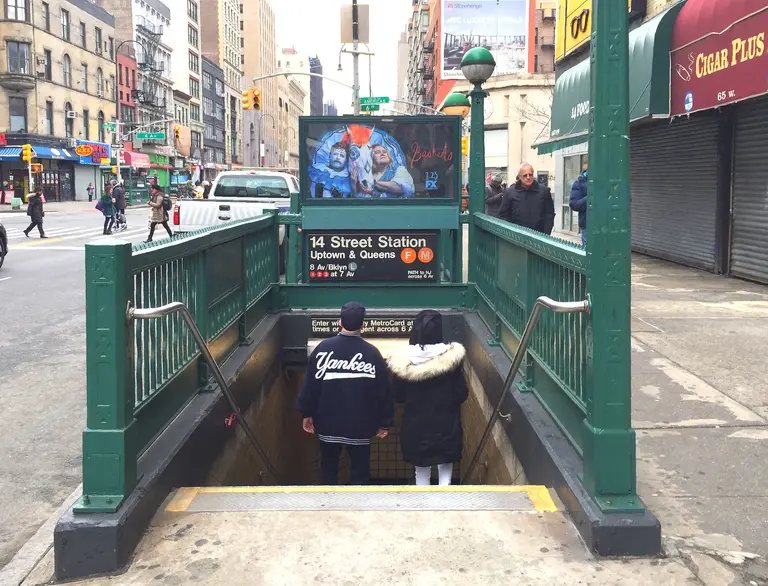
Photo via Carl Mikoy / Flickr cc







